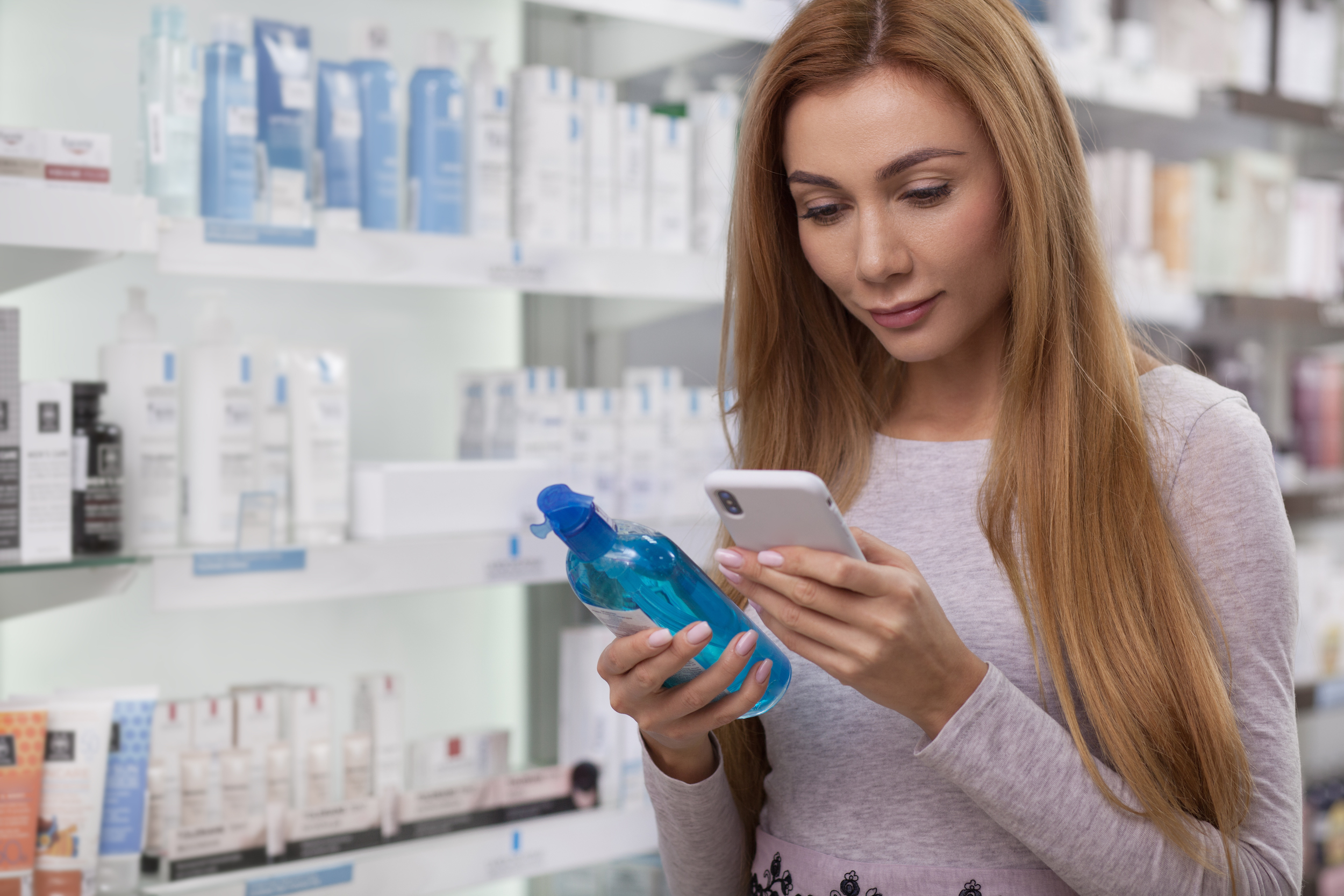Using machine learning to identify toxic ingredients in products
Read Time 2 mins | Written by: Eric Nam

There are over 700 banned chemical ingredients, and over 900 severely restricted ingredients in the European Union. These chemicals unfortunately still make it into commercial beauty and health products sold to consumers. Although we may be able to identify a handful of toxic ingredients, and guess the rest by their exotic names, it is a difficult feat for the average daily shopper to look at the ingredients list of a particular product and know exactly what is bad or may cause irritations.
The concern for “unnatural” ingredients is especially important for parents with newborns. Websites, such as EWG’s Skin Deep, help consumers identify restricted or banned chemicals, as well as find information on their toxicity or irritability. Such tools are important for all shopper who may not have a doctorate degree in chemistry to understand what ingredients are in commercially available beauty and health products.
Eric Nam at KeyQ, who recently became a father, understands the need to identify questionable ingredients before purchasing a product. “As a parent I am constantly concerned about the ingredients we find in products, such as baby lotion. We need an easy way to catch ingredients that could be harmful and be able to obtain that information readily in a meaningful way,” stated Eric.
Eric leads the development of a new mobile application that uses the camera found on smart phones to “read” the ingredient list on products and identify components that are listed as either banned or severely restricted by the EU. Eric explained “the app is still a prototype in its early stages but we have some very promising progress. Our hope is to refine the user interface to provide an intuitive experience for everyone to quickly identify chemical components from an ingredient list.” He further added that “this technology can be expanded beyond beauty products and used for identifying harmful food additives.”
The application uses machine learning and image vision technology to extract words and identify them through a database. “What makes this unique is you can scan and identify ingredients from any product without relying on the barcode so you are guaranteed a response even if a product doesn’t have a barcode,” explained Eric. The chemical component database will be updated online and downloaded to the app for offline and real-time use. “We’re working to curate a robust database on known chemicals and ingredients and use machine learning to help create a toxicity score. Our goal is to make is very easy to understand the potential effects of a particular chemical ingredient,” added Eric.
A Framework Built to Accelerate App Development for Startups
Eric Nam
Background
I majored in computer science during my undergraduate studies and began my graduate school journey in electrical and computer engineering with the goal to deepen my understanding of electronics hardware. The classes and research were tough and ultimately decided to continue with my studies in computer science for my graduate degree.
My first job in California was at a telehealth care company, where I lead the development of a platform where consumers can talk to doctors about their symptoms. The product was immensely popular amoung doctors and patients as it provided a convenient way for both patients and doctors to communicate, especially when access to transportation and patient mobility was an issue. The technology was based on machine learning harnessing the power of IBM Watson. We were able to create an AI Doctor that provide solutions based on the symptoms presented by the consumer to enhance convenience.
After my role in telehealth, I moved to a company that develops IoT-related projects. I’ve lead many interesting projects but one that stands out to me and is my favorite is the development of a small device that prevent children from drowning. About 750 children drown each year, 375 of whom do so within 25 yards of a parent or adult. More startling, the CDC said 10% of parents watch their children drown because they are unaware of the situation. The small device I made attaches to a child’s body and sound an emergency alarm on their parent’s smartphones if they were underwater for more than a certain period of time. This allows parents to recognize the situation immediately and to save their child. I hope to continue making impactful and innovative solutions that will change the world.
Personal Interests
I’ve recently started a personal YouTube channel to share my project with the source code so more people can try and learn fun DIY projects based on electronics and computers. I have an active presence on my YouTube channel answering any questions people may have about my open source projects. I hope free resources like mine help excite people of all ages to technology and promote STEM. Also, in the Big Data era, I always wondered how we can show our data more effectively and intuitively. I’m also interested in developing new data visualizations techniques using game engines.

